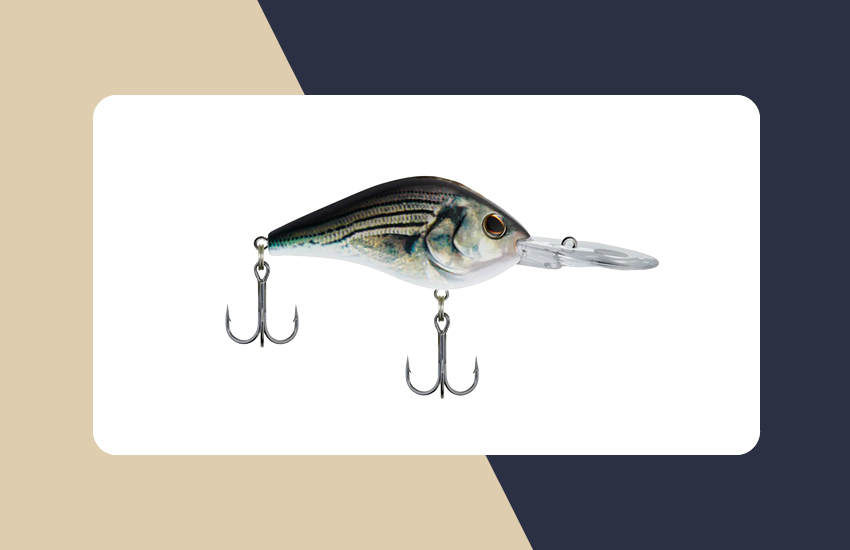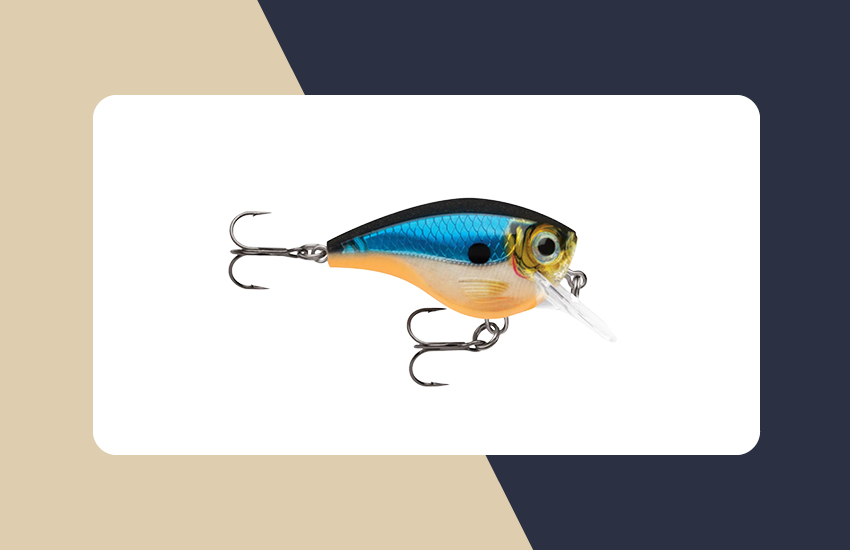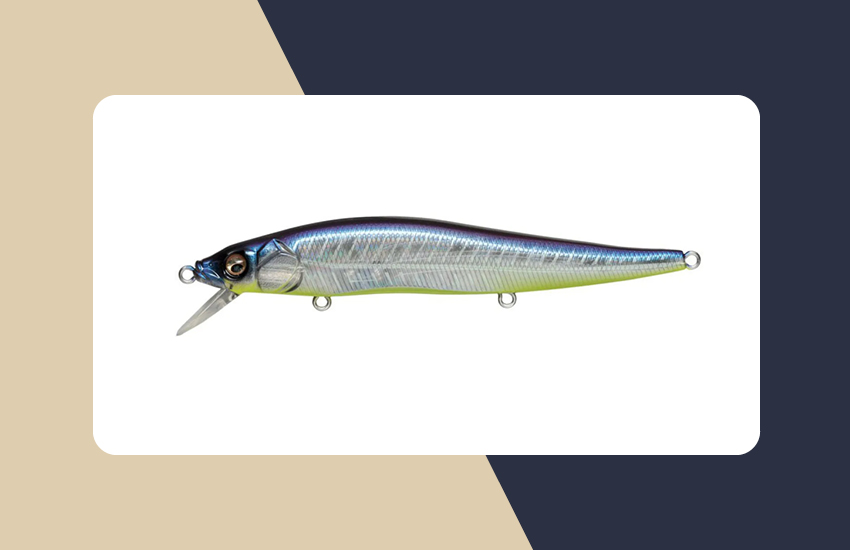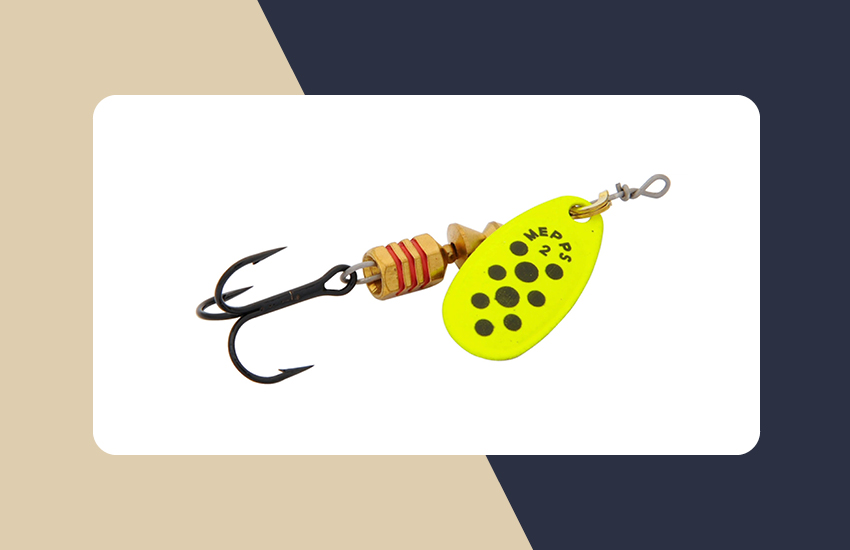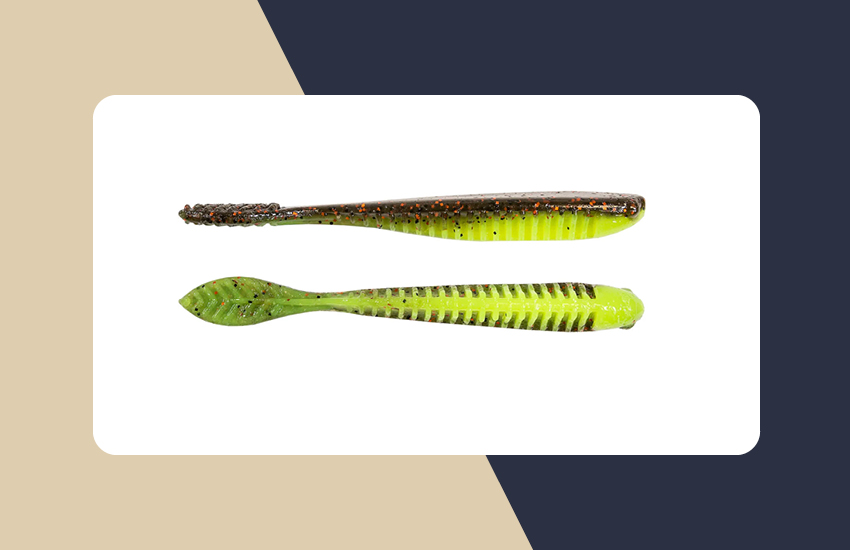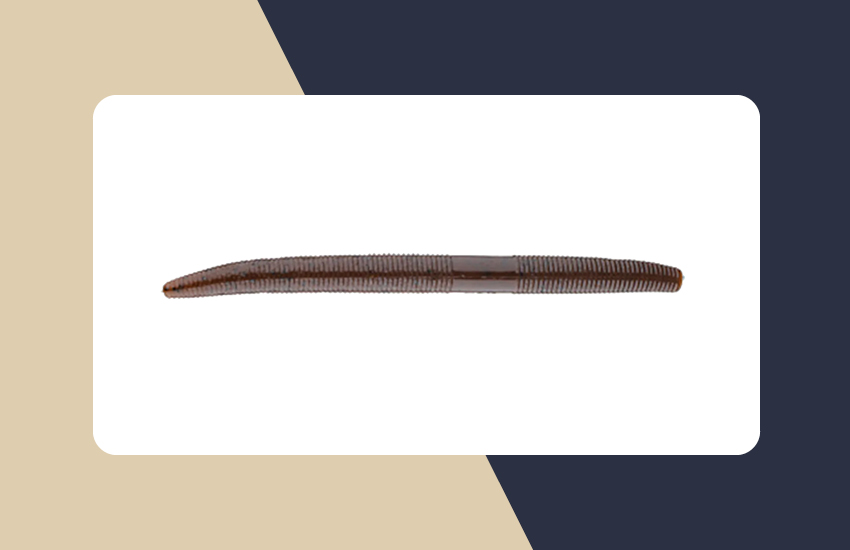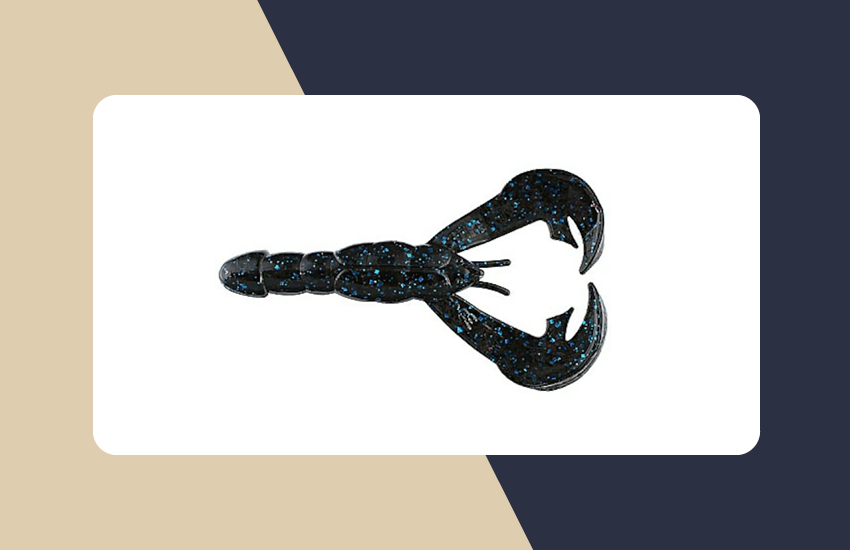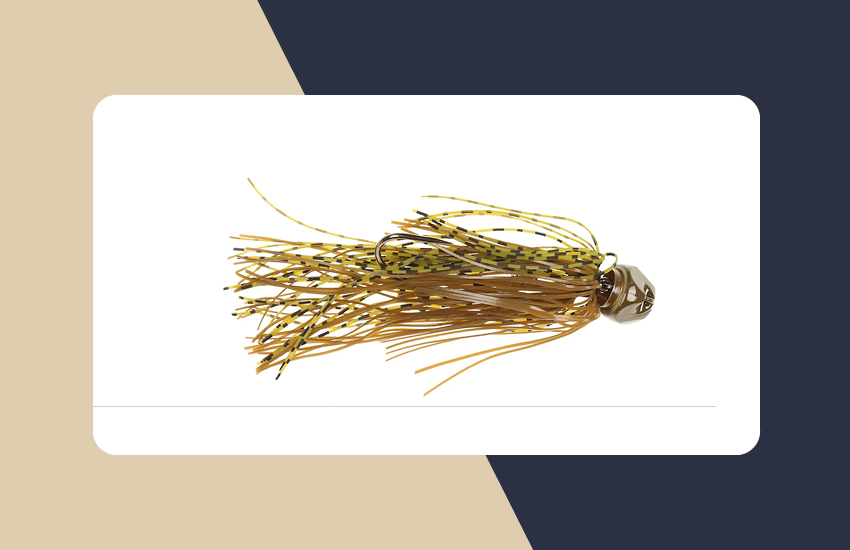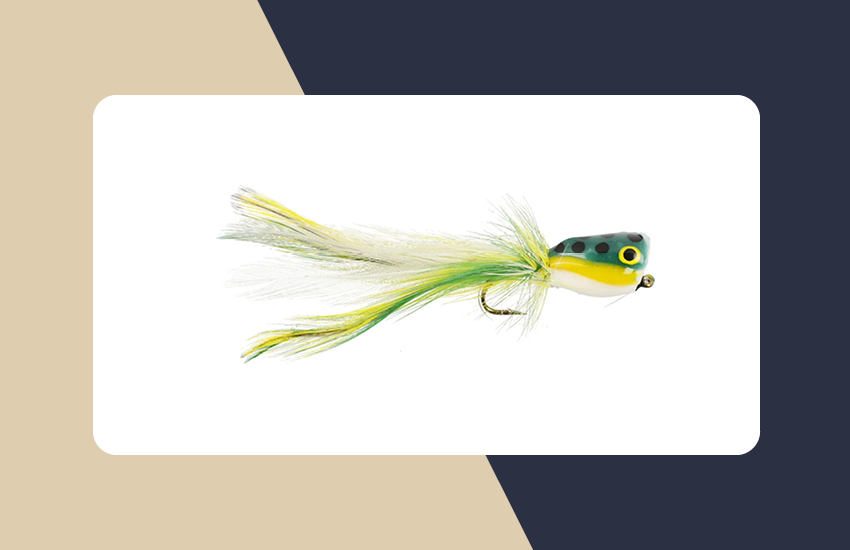Trout Fishing Guide
Trout Fishing | April 6, 2025
SAIL
May 9, 2022
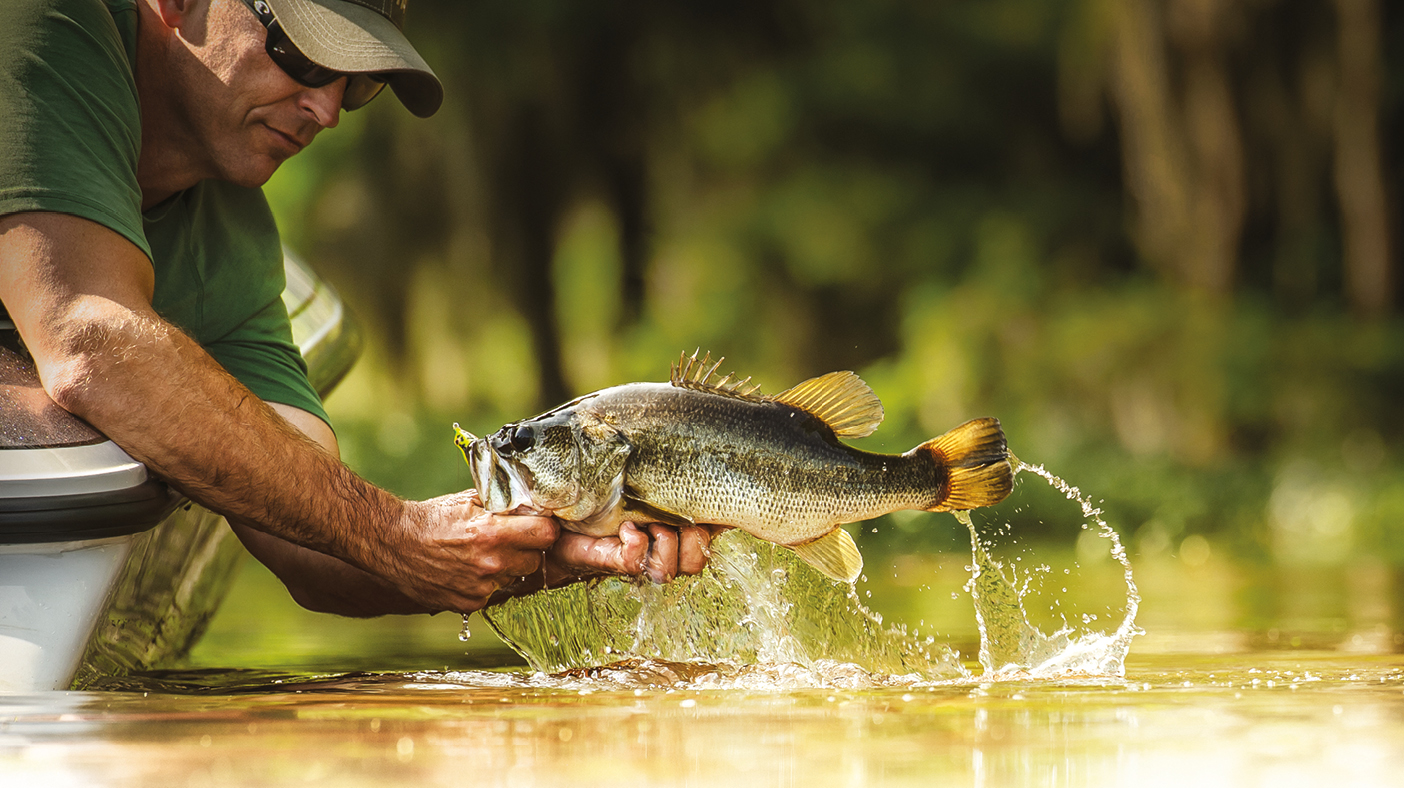
Despite their small size, bass are undoubtedly the most popular type of fish among sports anglers. Here are some tips and techniques from Claude Bissonnette, Hunting and Fishing Category Manager at SAIL, to get those bad boys to strike.
In this article, you will learn more about:
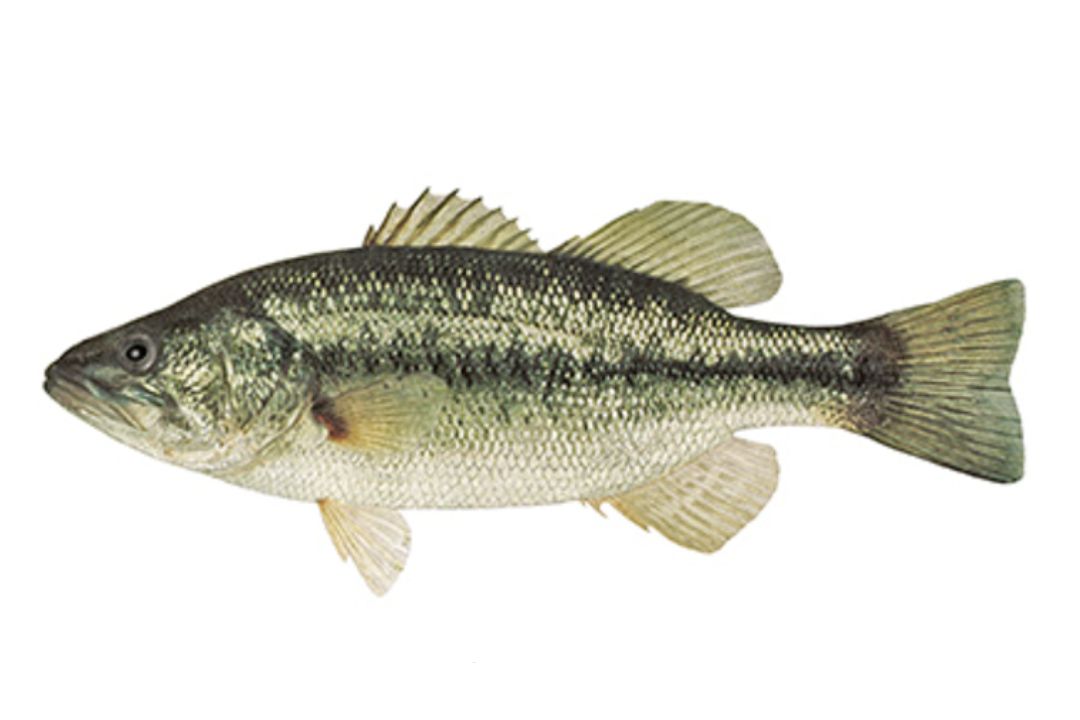
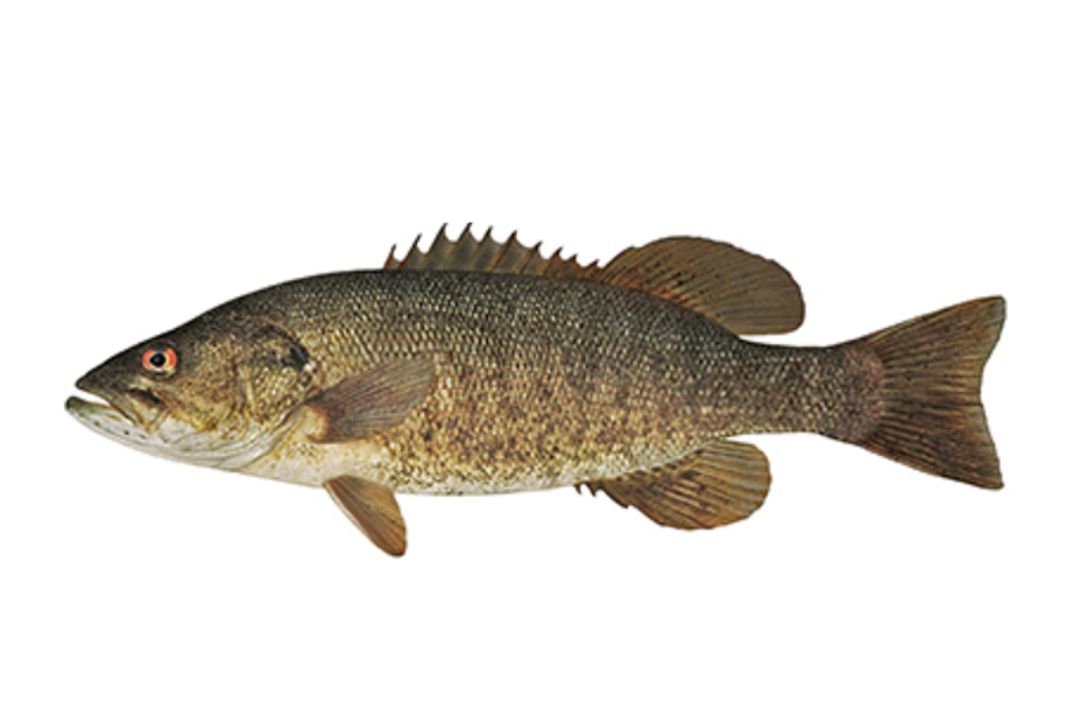
First, you need to know that there are two species of bass. The smallmouth bass has two linked dorsal fins and brown skin. As its name suggests, it has a small mouth that, when closed, does not extend beyond its eye. Largemouth bass have a larger head, greenish colouring with black pigmentation and a large mouth that extends beyond their eyes.
Smallmouth and largemouth bass don’t always live together in the same water bodies.
The smallmouth bass is the most commonly fished species because it is more accessible and found in more places. You can fish for bass in the southern part of the province of Quebec; there are no bass in the waters of the North Shore and Gaspé, nor in Lake Saint-Jean. The situation is similar in Ontario; bass are generally found in the southern part of the province.
The dates differ from one area to another. The season generally starts in mid-June and ends at the end of October in Quebec. In Ontario, the season generally starts in mid-June and ends at the end of November.
Bass can be caught in daylight as well as when the sun goes down. As a fish that can be fished more on the surface than at depth (it is rare to find bass at more than 12.2 meters, or 40 feet), the heat of the water does not affect the chances of catching them.
Dreaming of perfect fishing trips and amazing catches? You will need to modify your fishing habits, as bass will adopt new strategies. Before winter, they can be found huddled in schools near riverbanks to hunt, at the mouths of streams. You can set your sights on these areas. It will also be necessary to identify the type of prey the bass will be hunting and adjust your bait accordingly.
You will find bass in warm, calm, shallow waters. Look for gravel bottoms shielded or covered by rocks or branches that are directly exposed to the sun. In addition, search for calm fishing sites on gravel beds exposed to the sun, but at the same time protected by “structures” such as faster currents, logs, rocks, etc. This is where your future catches will be hiding.
Fish close to shore and under docks set up along the lake or river, or under floating docks in the center of lakes. If you are fishing from a boat, cast close to shore, almost in the rocks and under the trees.
For smallmouth bass, this species prefers shallow, clear, temperate water (20 to 22 degrees). During the heat of summer, it is not uncommon for smallmouth bass to be found in deep water. Remember to target rocky or sandy seabeds, lakes and rivers with medium current.
For largemouth bass, this species loves grassy and densely vegetated areas, small lakes and shallow bays, sometimes rivers with slow currents. Largemouth bass tolerate warmer water (26 to 28 degrees Celsius) better than smallmouth bass.
There is no shortage of lures to choose from when fishing for bass!
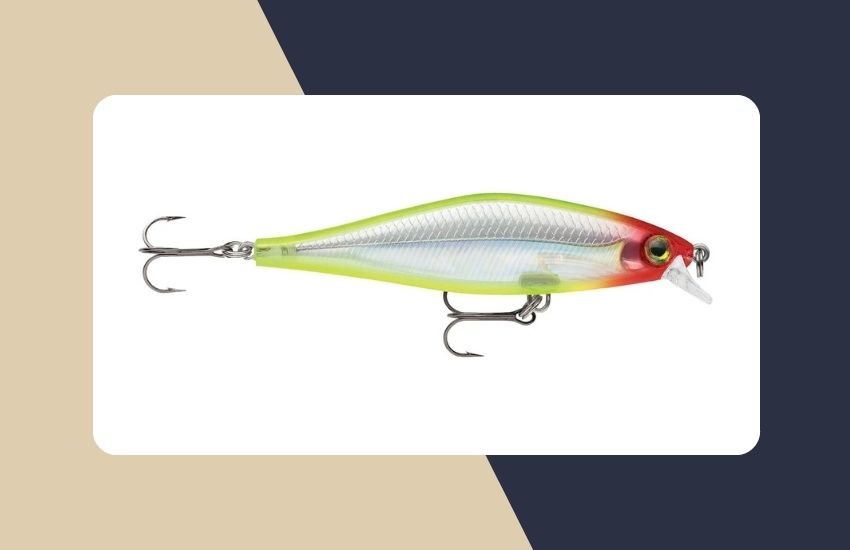
To track down bass, select jerkbait lures. A jerkbait is a type of lure that is used to attract and hook fish by making short, quick movements. These erratic movements imitate a fish that is dying. Go for this lure if you’re planning on fishing in clearer water for the fish to be able to see it more easily. For water with more seaweed, go for a soft swimbait.
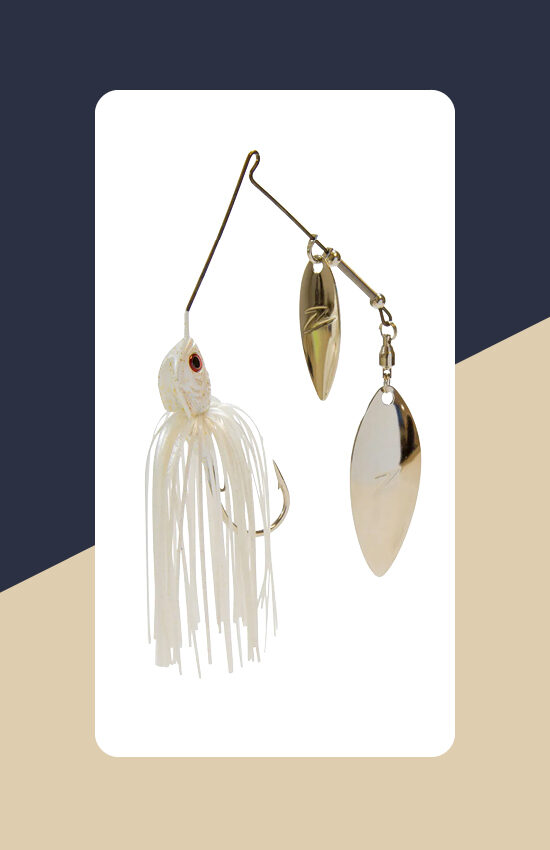
Spinnerbaits are a good choice for areas with more seaweed, as it spins to attract a fish’s attention, in addition to resembling a smaller fish in motion. Select this type of lure in shallower waters. And here’s a tip: opt for yellow or orange-coloured lures – bass seem to be drawn to these colours. All you have to do is cast your line and reel it in; there is no specific movement that you need to make.
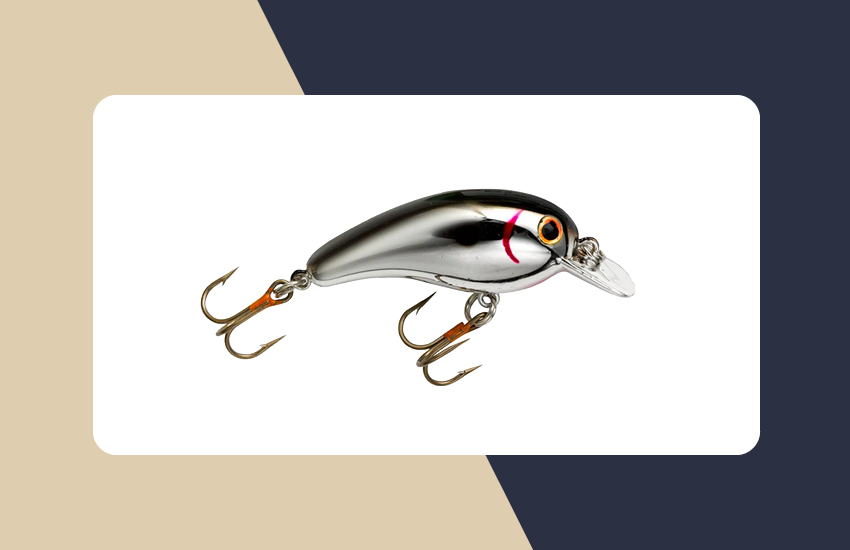
Using something like a tube or crankbait and plastic lures is recommended for when you’d like to attract bass over a large area of water. You can find crankbait lures for shallower or deeper water. This type of lure is perfect for attracting fish that eat other, smaller fish. During the summer, bass move deeper down into the water. A crankbait suited to deeper water would be great in this case.
